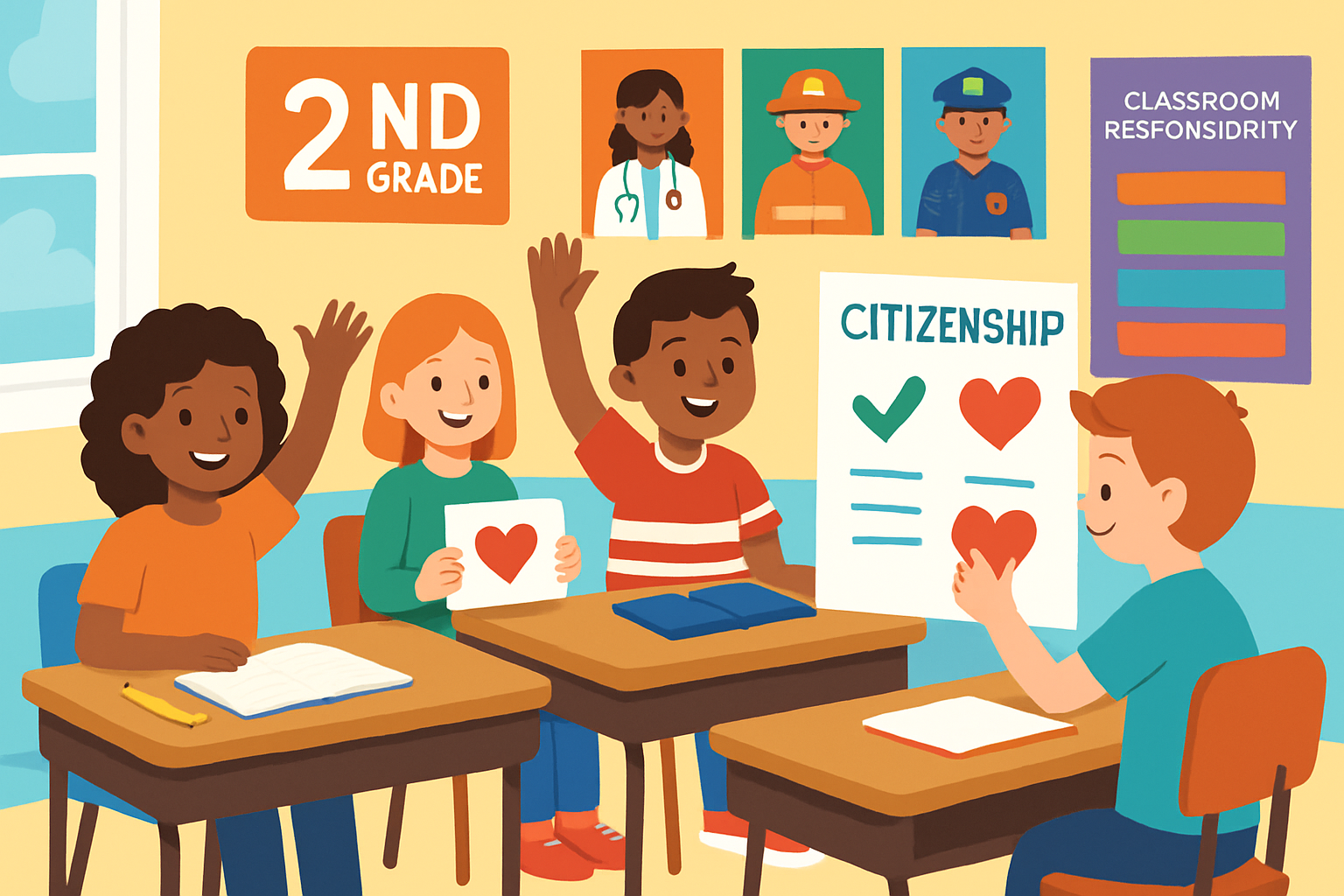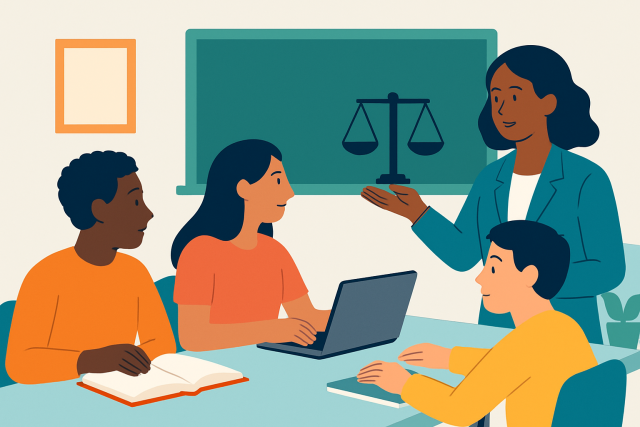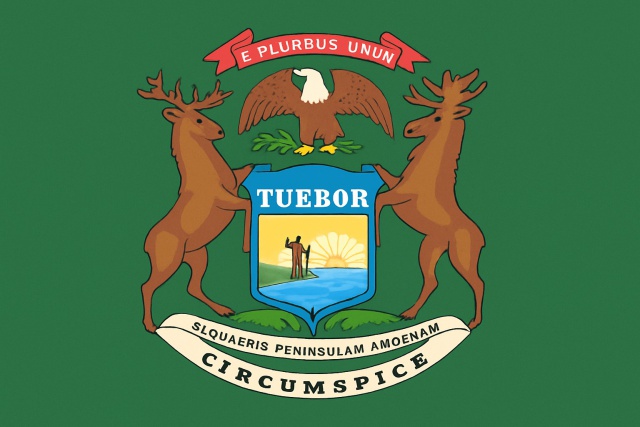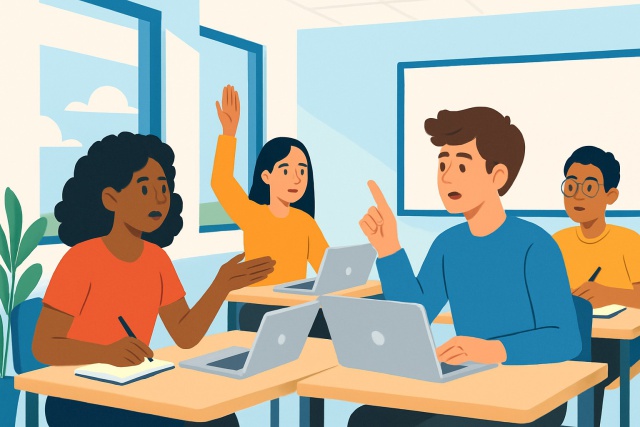Fun Citizenship Activities for 2nd Grade Students
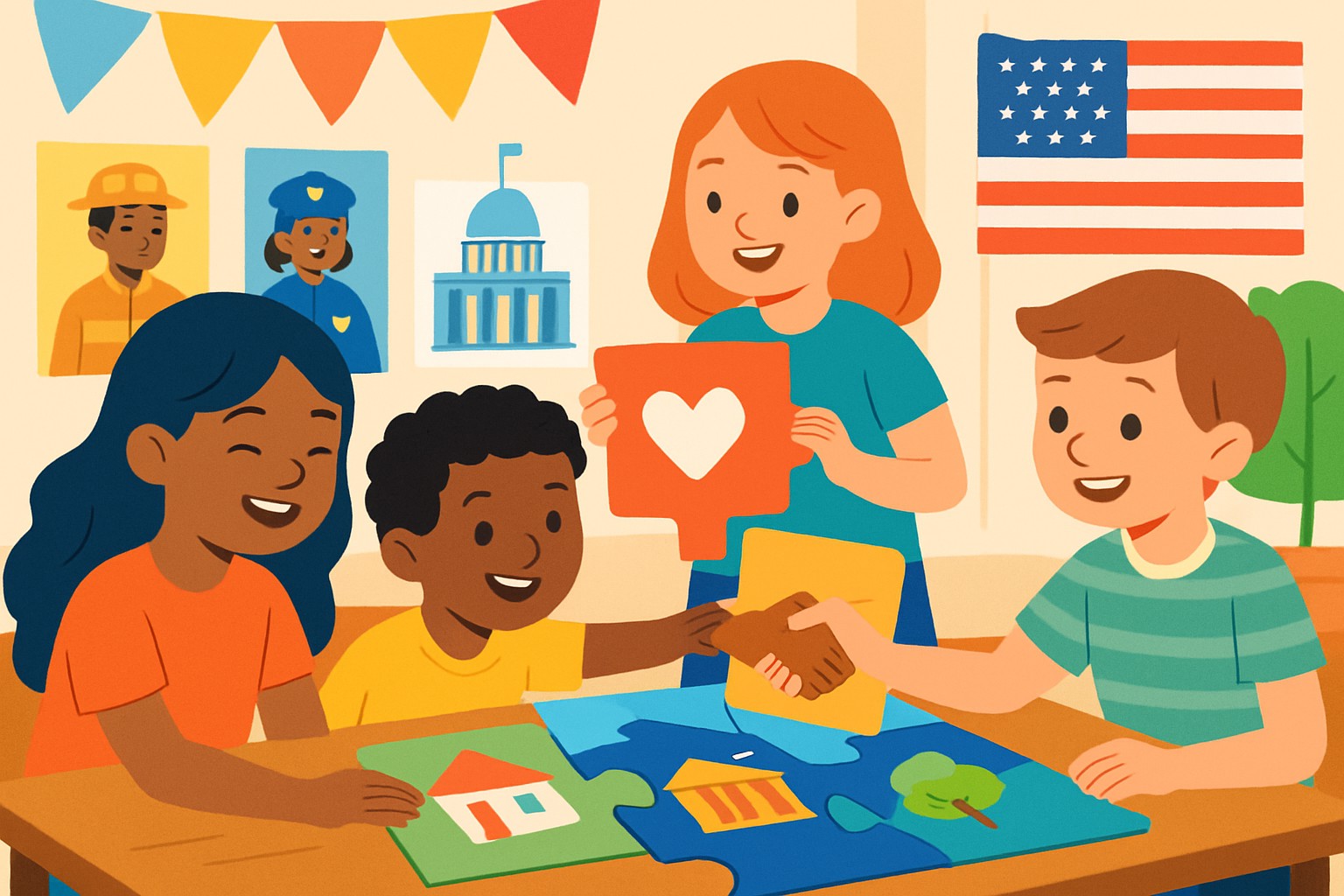
Introducing citizenship to 2nd grade students is a vital step in laying the foundation for them to become responsible and engaged members of their community. When we bring in fun, hands-on citizenship activities for 2nd grade, kids don’t just learn—they actually experience key civic ideas in a way that clicks with them.
Citizenship ideas for 2nd graders often revolve around spotting different roles people play in the community and learning the importance of respect and responsibility. They also include a gentle introduction to basic government concepts like voting and following rules
The Importance of Active Citizenship in Early Education why getting involved early truly matters
Getting students involved in citizenship activities helps them soak up what they learn since kids absorb lessons best when they’re actually rolling up their sleeves and diving in. These hands-on activities don’t just teach facts—they nurture important social skills like cooperation and empathy and good old-fashioned communication. Perhaps more importantly they spark a sense of civic responsibility early on and gently nudge children to pitch in and make positive waves in their communities.
"When young students jump right into citizenship activities, they often start to see themselves as important players in their communities, which somehow makes those civic lessons hit home and feel a lot more motivating." — Educational Specialist, Dr. Marissa Lee
Engaging Citizenship Activities That 2nd Graders Will Actually Enjoy
Here is a carefully handpicked collection of straightforward citizenship activities that are perfect for 2nd graders. Each one invites kids to dive into hands-on learning and gently nudges them to explore key values like respect, responsibility and teamwork.
Community Helper Role Play: Kids jump into the shoes of firefighters, doctors and police officers to get a real sense of how these everyday heroes support our communities. It’s a fun way to walk a mile in their boots.
Classroom Constitution Creation: Students team up to craft simple classroom rules that encourage respect and responsibility—kind of like their very own mini government in action.
Flag Decoration and History: Children get creative by designing and decorating national flags while uncovering the special stories and meanings behind those colorful symbols.
Voting Activity: Run a mock election where students pick things like their favorite snack to gently introduce them to the nuts and bolts of how democratic voting works.
Gratitude and Thank-You Card Writing: Students craft heartfelt cards to say thanks to the local community helpers, planting seeds of appreciation and kindness that go a long way.
Neighborhood Cleanup Project: Organize a modest cleanup around the school grounds to nurture a genuine sense of care and responsibility for the environment. Small steps can make a big difference.
Storytime with Civics Books: Share engaging age-appropriate stories that bring citizenship values to life and spark some thoughtful conversations.
Responsibility Chart Game: Introduce a chart to keep track of daily tasks to help kids build a sense of accountability and give them a well-deserved boost of pride when they see their progress.
Get your materials ready well in advance for each activity—think role-play costumes or voting ballots—to keep the kids genuinely engaged and avoid any last-minute scrambles. Aim to spark meaningful conversations both during and after the fun, gently nudging them to see how these activities tie into everyday life.
Practical Tips for Leading Citizenship Activities Successfully
Sometimes, pulling off citizenship activities smoothly can feel like juggling flaming torches, but with a little know-how, you’ll not only keep those torches in the air, you might even throw in a trick or two. Whether you’re a seasoned leader or just stepping into the role, these practical tips are here to make your life a bit easier and your efforts a lot more impactful.
- Use storytelling to bring civic lessons to life and make abstract ideas click and stick in students' minds. It’s amazing how a good story can turn a dry concept into something memorable.
- Include visual aids, props and real objects to engage different senses and boost understanding. Nothing beats a hands-on approach when it comes to keeping attention from wandering off.
- Promote student-led discussions to give children a genuine voice and help them build communication skills that matter beyond the classroom.
- Tailor activities to suit the needs of diverse learners including those with special education requirements. One size rarely fits all and a little customization goes a long way.
- Link activities to real-world examples from students’ own communities to make lessons feel relevant and grounded. Learning that hits close to home tends to stick with us the longest.
Check for understanding by tossing out open-ended questions both during and after activities. Encourage students to put into their own words what they’ve picked up. Reflective journaling or getting creative with art responses can also shed light on just how firmly they’ve got a handle on the material.
Weaving Citizenship Activities Seamlessly into the Everyday Classroom Routine
Incorporating citizenship activities into everyday routines really helps those ideas stick in a natural, effortless way. For example, you might kick off the day with a welcome circle that gently nudges everyone toward respectful listening. Toss in community roles during group tasks, and use those little transition moments for quick chats about responsibility.
Tackling Challenges and Tailoring Activities to Meet Diverse Learning Needs with a Personal Touch
Teachers often find themselves navigating challenges like varying student ability levels and wandering attention spans as well as language barriers when running citizenship activities for 2nd grade. By tweaking instructions, adding clear visuals and giving students different ways to get involved they can set the stage for everyone to thrive.
- Break down instructions into clear and manageable steps so students don’t get the overwhelmed feeling we all dread.
- Encourage collaboration through peer support or buddy systems to spark mutual learning and build camaraderie.
- Use technology like tablets or interactive whiteboards to increase engagement and make learning more accessible and fun.
- Offer sensory breaks or quiet areas for students who need a moment to catch their breath or refocus their attention.
- Adapt activities and language support to better include ESL students and help them follow along without missing a beat.
Wrapping Up and Some Easy Tips to Kick Things Off Today
Choose just one citizenship activity from this list and try it out in your next class to see how your students respond. It’s always interesting to watch their reactions.
Have some simple materials like paper and markers ready ahead of time so the activity flows smoothly and you’re not scrambling at the last minute.
Encourage students to take ownership by letting them help create the rules or roles because this often boosts their engagement and sense of responsibility.
Tie each citizenship lesson back to things your students encounter daily so the learning feels more relevant and stays with them after class is over.
Set aside time to reflect with your students on what they’ve learned and how it applies beyond the classroom walls. This pause deepens understanding in a surprisingly powerful way.


